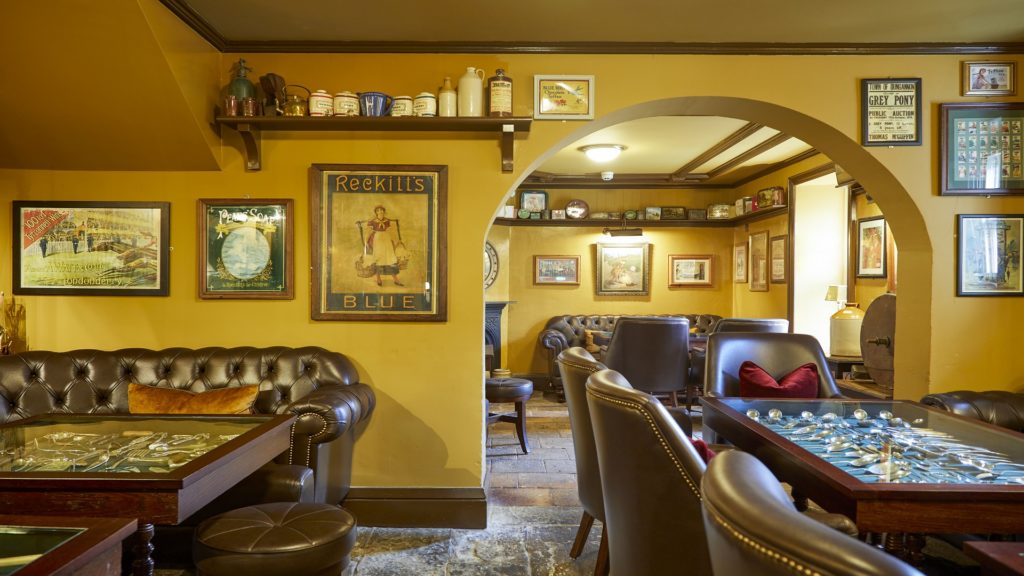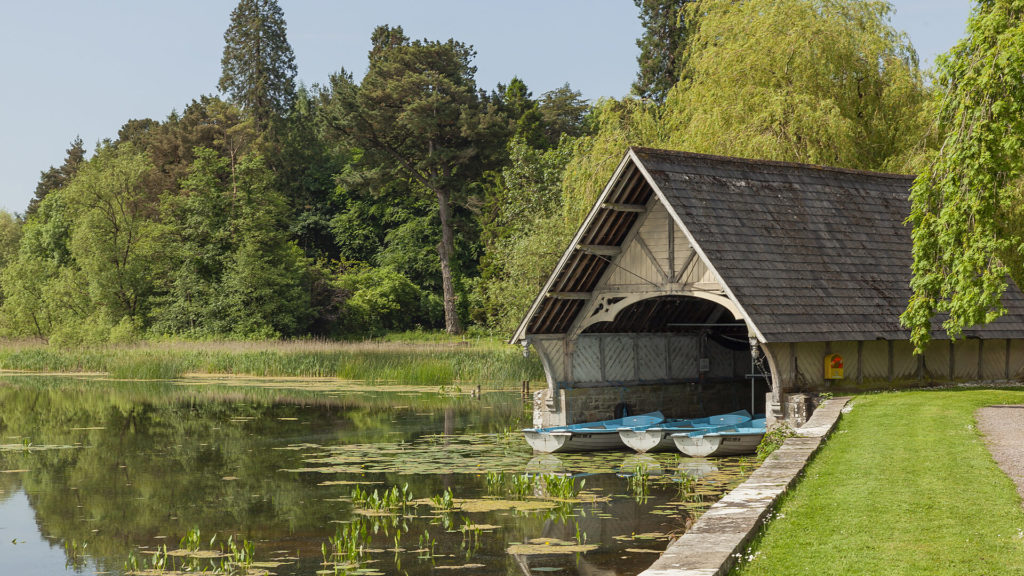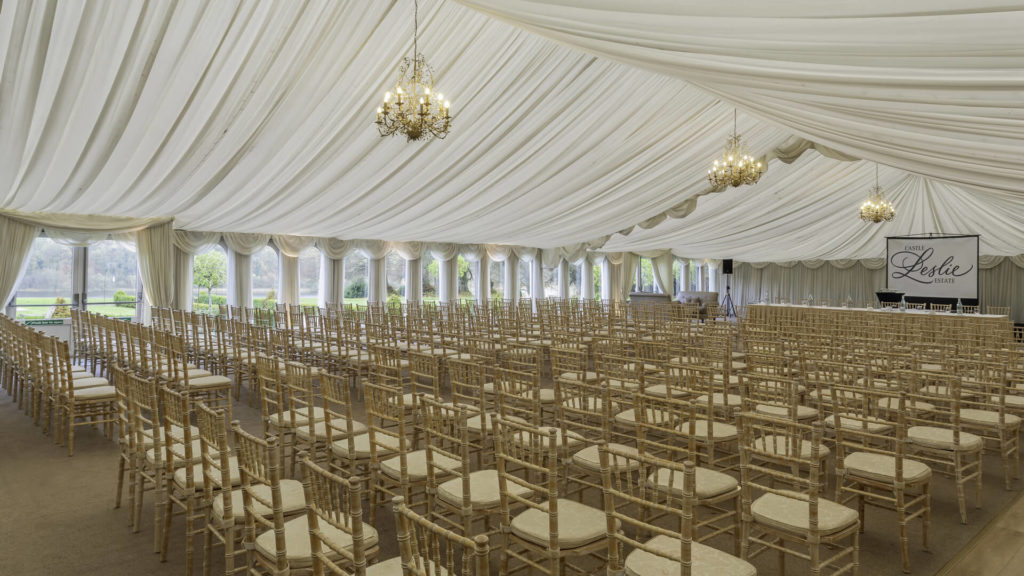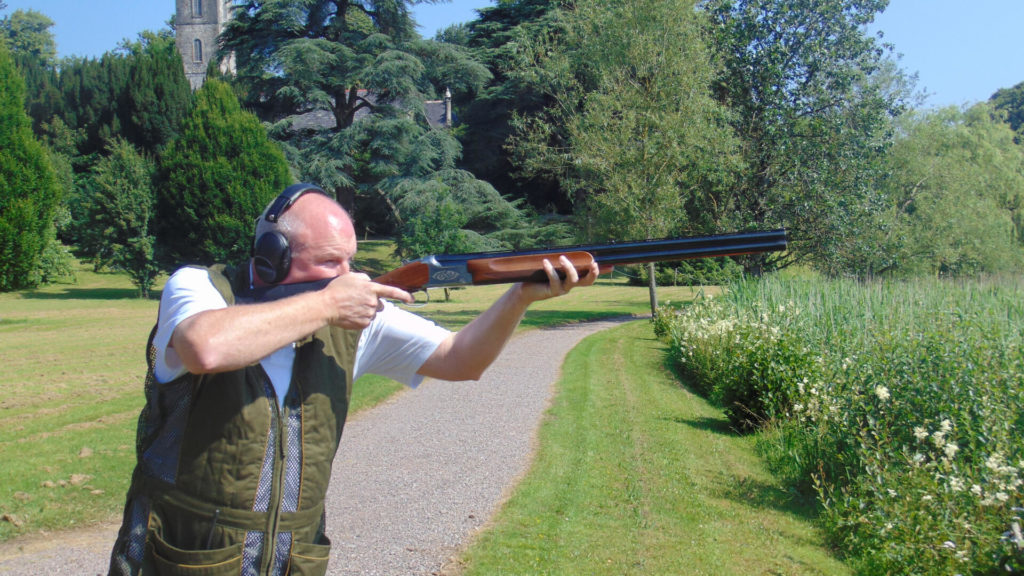Eventing enthusiasts know that one of the key foundations of riding is to have your horse ‘in front of your leg’. This doesn’t mean going fast, it means going forward! And the way to have your horse going forward and in front of your leg is to have him super responsive to your leg aids.
“The other leg aids become a little hazy…”
I am sure we’ve all been there at some point; getting lulled into the habit of kicking at each stride to keep the forward momentum, and getting to the point where you don’t even realise you’re doing it, and the horse doesn’t take your ‘kick’ as a forward command any more.
And this state of play is where all the other leg aids become a little hazy, and your lateral work becomes a struggle. If you’re already kicking to go forward, how do you expect him to go sideways too? Think of it this way; if you’ve got the radio on loud, and then your phone rings, you might only just be able to hear it. Turn the radio off, and you can suddenly hear everything else, and much more clearly.
“When your horse is behind the leg, you end up doing all the work for them…”
So, if you’ve constantly got your leg on, driving the horse forward, and then ask for something else (move the quarters in, for example), they might actually struggle to differentiate between those two commands. Look at any top dressage rider; they hardly move a muscle because their horses are so in front of the leg, and so finely tuned, that only the smallest aid is necessary. When your horse is behind the leg, you end up doing all the work for them, when really it should be the other way around.
But is getting your horse off the leg easy? In theory it is, as all you need is discipline and consistency, and all he needs are a few ‘reminder’, onward kicks. When you ask for an upwards transition and it takes more than one ‘ask’, you’re being too soft. Follow that ask with a big old pony club kick, or a tap with your stick, and you’ll soon be moving. When you get that forward reaction, make sure you actually let the horse go forward (even if you’re doing flatwork in trot, and they canter off for a few strides), because after all, that’s what you asked for.
“Be very black and white, and disciplined with each leg aid you use…”
Just as importantly, give the horse a pat or kind word to let them know that the forward reaction was good. Be very black and white, and disciplined with each leg aid you use.
If the horse doesn’t go from that first ‘ask’, try to use an instant consequence. If you’re struggling to get a good enough reaction, having a fast canter down the school after a definitive kick can often give the horse a clearer idea, and get them thinking more ‘forward’.
Also, don’t worry about the quality of these transitions initially; all we want is a good reaction. You can tidy them up once that reaction is first nature; after all, you can never do too many transitions! Don’t forget transitions within the pace too, when practicing at home, as these can really help get the horse between your leg and hand.
Visit our friends at www.eventingworldwide.com for news and views concerning the sport of eventing.






















Recent Comments